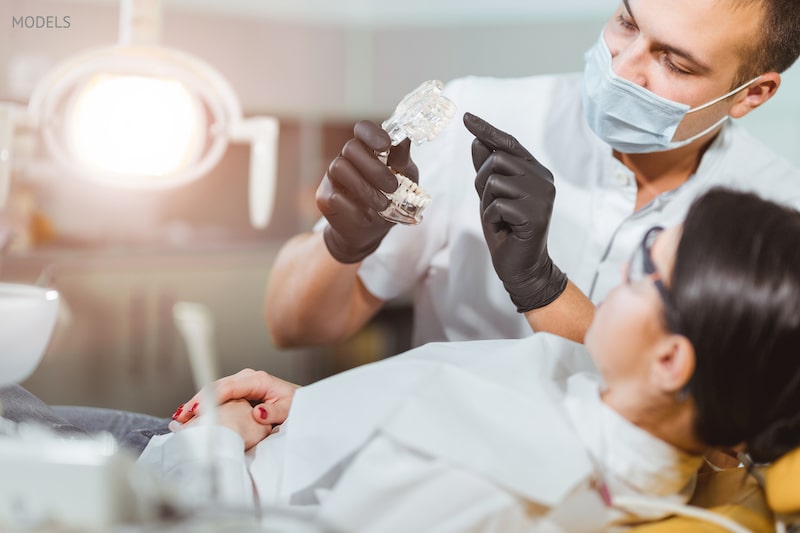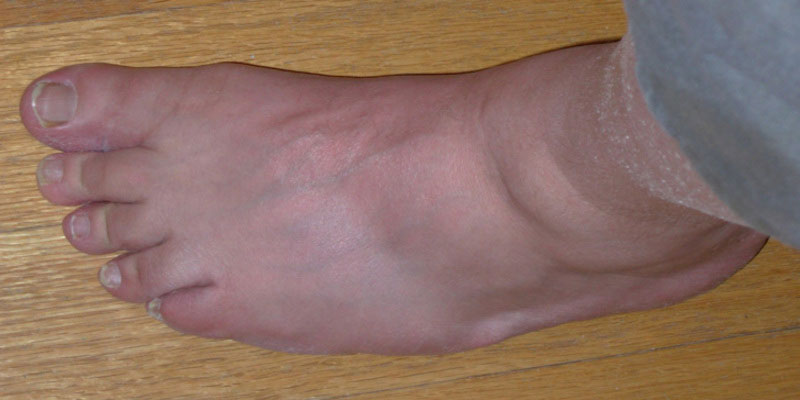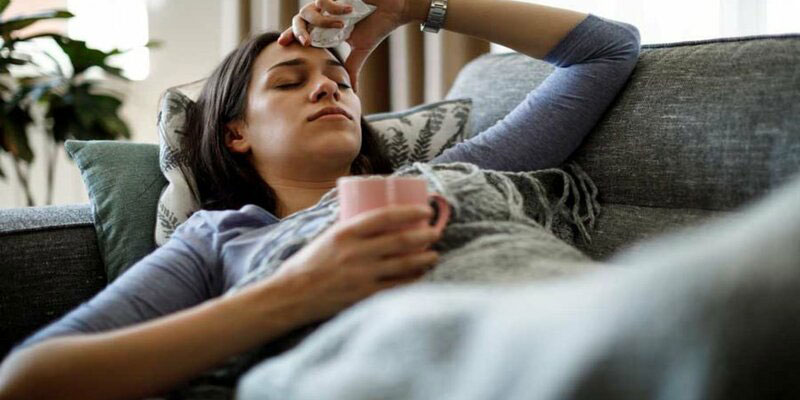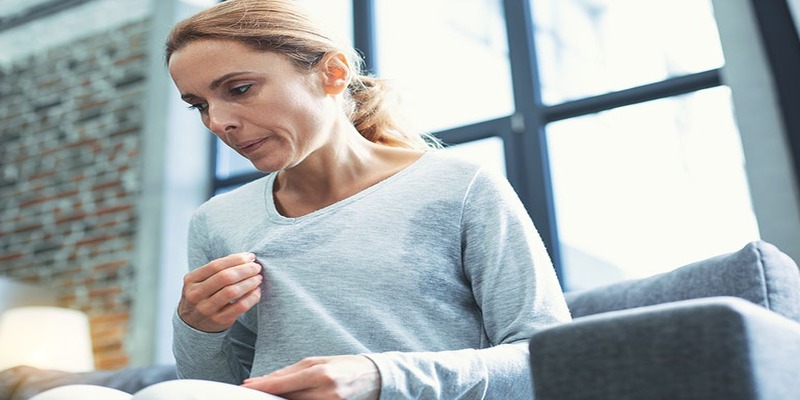Throughout the COVID-19 epidemic, choosing whether or not to go to the dentist became challenging, just as it was during so many other facets of life. According to the American Dental Association (ADA), ninety percent of all dental clinics decided to shut their doors, except those that performed urgent or emergency operations during the epidemic's early days.
The essence of how COVID-19 spread, which is primarily through respiratory secretions that we breathe through our nose and mouth, and how likely it was for the virus to spread in a dental setting were the primary factors that led to the widespread closing of dental offices during the early days of the pandemic. This was the primary reason for the widespread closure of dental offices.
Thankfully, as the number of patients, dentists, and dental hygienists who had vaccinations grew, many dental clinics have reopened for various operations, including basic work. In addition, many dental clinics throughout the United States have implemented the guidelines for infection prevention provided by the American Dental Association (ADA) and the Centers for Disease Control and Prevention (CDC). Because of these preventative measures, dental patients and professionals are now as safe as possible.
What Precautions Are Being Taken by Dental Practices to Prevent the Spread of COVID-19 to Patients and Employees?
Even before the epidemic, dental clinics were expected to maintain a high level of hygienic standards. In an interview with Health, Charles Sutera, DMD, FAGD, founder of Aesthetic Smile Reconstruction and a cosmetic dentist, said the following: Dr. Sutera clarified that all dental procedures already follow the OSHA standards for sanitizing and cleaning everything with disinfectants that are EPA-approved and specially designed for use in a medical environment to kill viruses, bacteria, and other pathogens.
These disinfectants are specifically designed to prevent the spreading of infections caused by viruses, bacteria, and other pathogens. In addition, it has been standard practice for a long time for an entire dental care team to wear protective gear, such as gloves, surgical masks, and goggles for eye protection, to minimize the risk of passing germs from one patient to another. This protocol has been in place for quite some time. According to Dr. Sutera, "These criteria are followed every day, regardless of whether there is a recognized epidemic of an infectious illness."
What to Anticipate During Your Next Trip to the Dentist
Ahead of Your Scheduled Appointment
The Centers for Disease Control and Prevention (CDC) strongly suggests that dental offices delay any non-urgent dental treatment for patients who have suspected or confirmed COVID-19, as well as for patients who meet the requirements for quarantine until the patients have completed their quarantine, as was discussed in the section above regarding healthcare settings. Your dentist's office may contact you through phone, email, or text message to screen you for COVID-19 symptoms. This is done to ensure that patients do not present a danger of becoming infected with COVID-19.

During Your Appointment
It has been recommended by the CDC that people continue to wear masks in certain situations, including dental clinics, as of March 2022. Patients, residents, workers, vendors, and visitors must continue wearing masks when in medical and dental establishments. This rule applies to prevent the spread of infectious diseases.
According to the information provided by the ADA, the dental clinic may have implemented some safety procedures, such as covering certain surfaces to make cleaning them simpler. Your dentist and the other staff members at the dental office may also be wearing safety gear such as masks, face shields, gowns, and goggles when performing dental procedures on you.
Your dentist's clinic uses various techniques, such as dental dams, four-handed dentistry, and high evacuation suction, to reduce the amount of droplet splatter and aerosols produced during procedures. The Centers for Disease Control and Prevention (CDC) also suggests that dental care should occur in individual patient rooms as often as feasible. The Centers for Disease Control and Prevention (CDC) advises, among other measures, leaving at least 6 feet of distance between patient seats and using physical barriers between patient chairs.
After Your Appointment

The dental staff should use disinfectants that are efficient against the virus that causes COVID-19 to ensure that the patient areas are completely cleaned after every patient. This helps lower the likelihood that a disease may be passed on to other people.
Visit your dentist as soon as possible if you have any dental emergency, such as swelling, uncontrolled bleeding, discomfort, or trauma resulting from an accident, or if you have a dental problem due to an underlying disease, such as chemotherapy or uncontrolled diabetes.
In terms of normal operations, you should call your neighborhood dentist's office and inquire about the precautions they would advise taking, taking into consideration the severity of the COVID-19 epidemic in your region.
Remember to maintain the health of your teeth and mouth by brushing them twice a day and flossing at least once, provided that you are not presently experiencing a dental emergency. If this is the case, please see the previous sentence.




